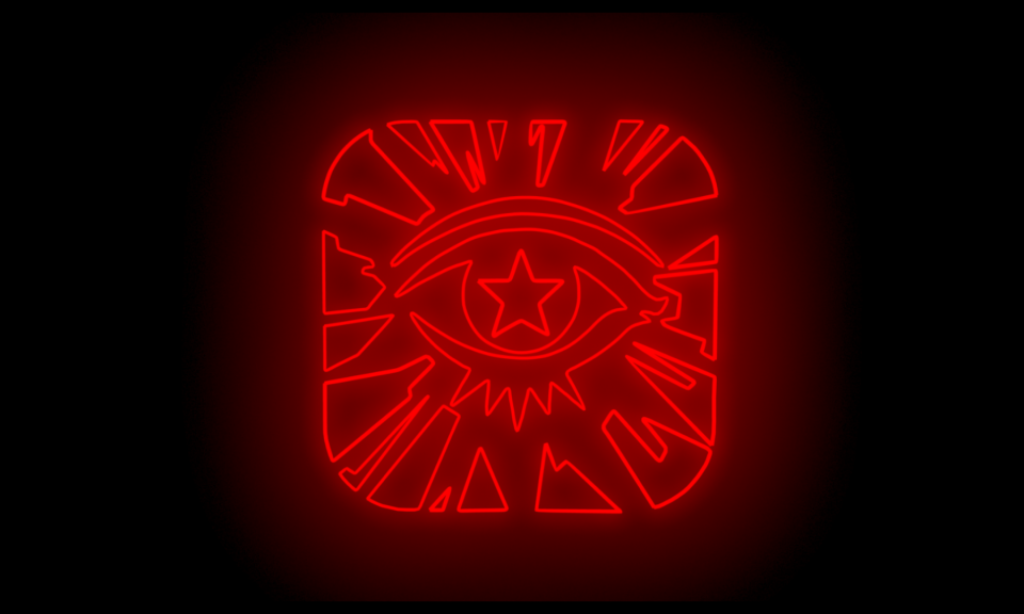With the main bulk of the assets, animations, shaders, and etcetera done, all that was left was to get some code to make it all work. I searched up ways to create a script that allowed me to change the scene at certain points to the song to match up with the feeling each segment gave. As well as that, I added a simple script to make sure the audio of the music video would continue between scene changes throughout the viewing.
Overall, I enjoyed the project. I had a hard time starting out due to all the errors I got trying to make my project VR compatible, but once I got past that hurdle, I had fun creating it.
If I were to redo my project, I probably would add more complex animations. I had a hard time creating blended animations beyond those used for the VR hands, as well as animations that lead from one into another. Beyond that, I would also have liked the make the scene transfers better, perhaps by looking up a way to fade in and out of scenes instead of having a sharp cut with each load.
At least that’s something to try on the next project!

